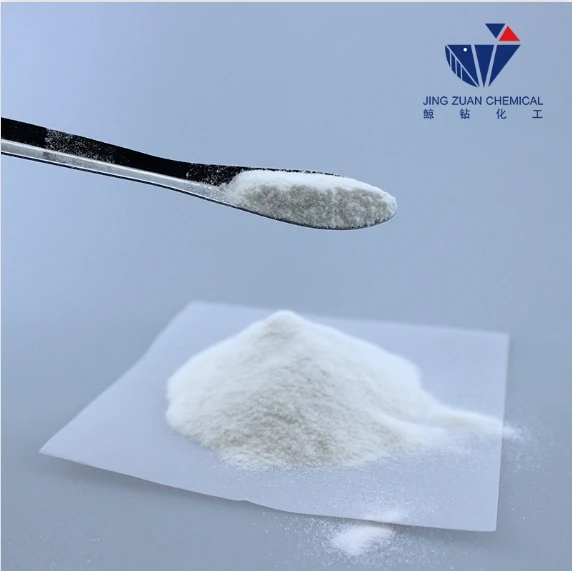
Nov . 11, 2024 03:20 Back to list
Investigation of HPMC Solubility Characteristics in Methanol Solutions
Solubility of HPMC in Methanol An Overview
Hydroxypropyl methylcellulose (HPMC) is a commonly used cellulose ether primarily known for its thickening, binding, and film-forming properties. Due to its unique chemical structure, HPMC is widely utilized in various industries including pharmaceuticals, food, cosmetics, and construction. Understanding the solubility of HPMC in different solvents is crucial in optimizing its applications, particularly in methanol, a polar organic solvent widely used in laboratory and industrial processes.
Chemical Properties of HPMC
HPMC is derived from cellulose, where hydroxyl and methoxy groups replace the hydrogen atoms. This modification imparts both hydrophilic and hydrophobic characteristics to HPMC, making it soluble in a variety of solvents. In water, HPMC exhibits excellent solubility due to hydrogen bonding between the polymer and water molecules. However, its solubility in organic solvents like methanol provides additional versatility in formulations, especially in processes requiring organic phases.
Solubility in Methanol
Methanol, being a polar solvent, interacts with HPMC through dipole-dipole interactions and hydrogen bonding. However, the solubility of HPMC in methanol is not as straightforward as in water. The degree of substitution (DS) and molecular weight of HPMC play significant roles in determining its solubility in methanol. Generally, HPMC with a higher hydroxypropyl substitution exhibits increased solubility in methanol, largely due to the enhanced hydrophilicity associated with the propyl groups.
Empirical studies have indicated that for specific grades of HPMC, methanol can dissolve certain concentrations of the polymer. However, this solubility is often accompanied by a drop in viscosity as the polymer chains become more mobile in the solvent, which can impact the rheological properties of formulations containing HPMC.
hpmc solubility in methanol

Applications Leveraging HPMC Solubility in Methanol
The solubility of HPMC in methanol has several practical implications. In the pharmaceutical industry, methanol-soluble HPMC is particularly useful in drug formulation. It can serve as a binder in tablet formulations or as a film-coating agent to control the release of active pharmaceutical ingredients. The ability to dissolve HPMC in methanol aids in creating uniform pastes and solutions that ensure consistent dosing and performance.
In the food industry, HPMC's solubility in methanol is leveraged to improve the texture of food products. It acts as a stabilizer and emulsifier, enhancing the mouthfeel and overall quality of food items. Furthermore, the unique properties of HPMC make it ideal for use in low-calorie and gluten-free products, serving as a suitable alternative to traditional thickeners.
Considerations and Challenges
While the solubility of HPMC in methanol presents numerous advantages, several factors should be considered. The toxicity of methanol poses safety concerns for handling and disposal, necessitating precautions during processing. Additionally, exact solubility limits should be determined for each specific grade of HPMC, as variations can lead to unpredictable results in application.
Conclusion
In conclusion, the solubility of HPMC in methanol is a critical factor that influences its functionality across diverse industries. Its ability to interact with methanol opens up avenues for innovation in formulatory science, particularly within pharmaceuticals and food technology. Understanding the nuances of HPMC's solubility, including the effects of molecular weight and degree of substitution, is vital for maximizing its potential while ensuring safe and effective applications. Continued research in this area will undoubtedly aid in the development of new products and improve existing formulations leveraging HPMC's unique properties.
-
Versatile Hpmc Uses in Different Industries
NewsJun.19,2025
-
Redispersible Powder's Role in Enhancing Durability of Construction Products
NewsJun.19,2025
-
Hydroxyethyl Cellulose Applications Driving Green Industrial Processes
NewsJun.19,2025
-
Exploring Different Redispersible Polymer Powder
NewsJun.19,2025
-
Choosing the Right Mortar Bonding Agent
NewsJun.19,2025
-
Applications and Significance of China Hpmc in Modern Industries
NewsJun.19,2025







